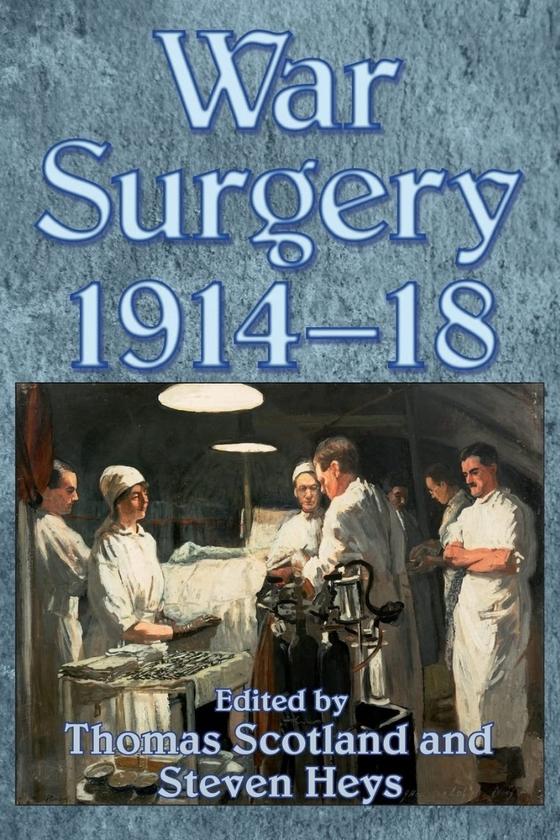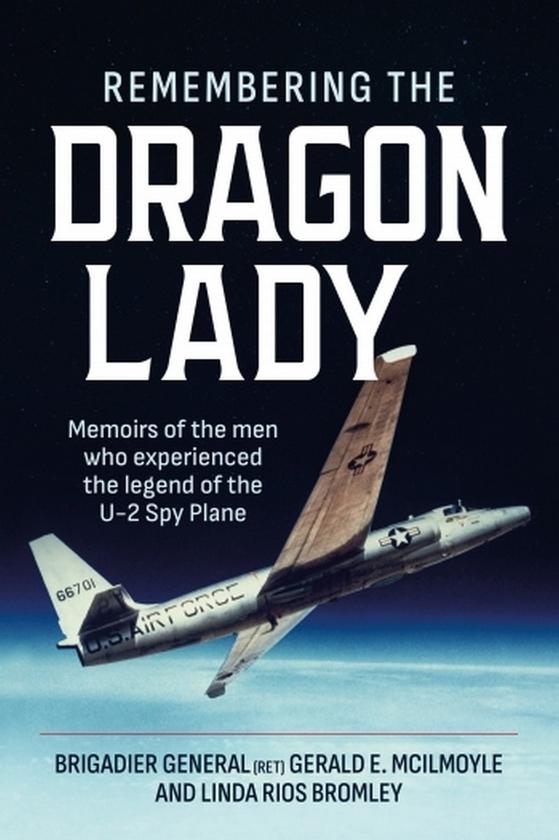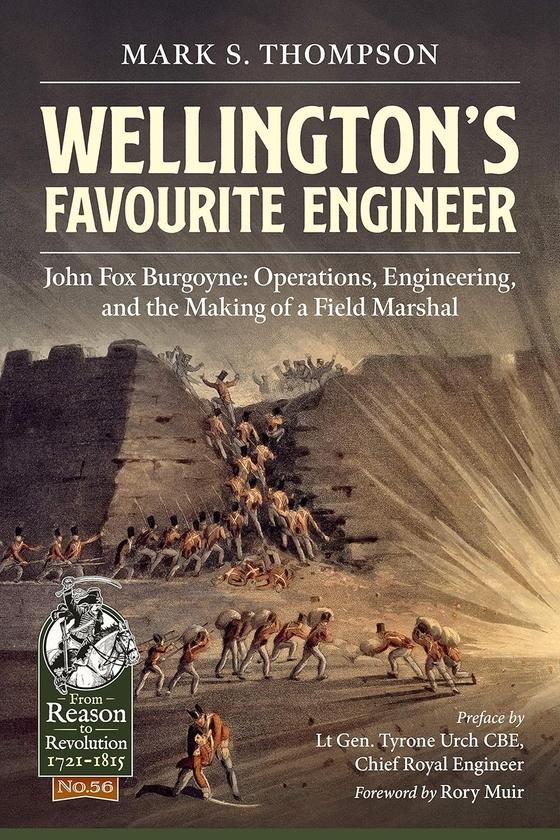
War Surgery 1914-18
Формати
Мова
The First World War resulted in appalling wounds that quickly became grossly infected. The medical profession had to rapidly modify its clinical practice to deal with the major problems presented by overwhelming sepsis. Besides risk of infection, there were many other issues to be addressed including casualty evacuation, anesthesia, the use of X-rays, and how to deal with disfiguring wounds — plastic surgery in its infancy. This book focuses closely on the human aspects of the surgery of warfare, and how developments in the understanding of combat injuries occurred.
Ten essays covering a wide variety of topics, including the evacuation of casualties; anesthesia, shock, and resuscitation; pathology; X-rays; orthopedic wounds; abdominal wounds; chest wounds; wounds of the skull and brain; and the development of plastic surgery. All material is supported by an extensive number of figures, tables, and images.






Коментарі
Немає коментарів. Будьте першим, хто залишить коментар!
Щоб залишити коментар, будь ласка, увійдіть або зареєструйтесь